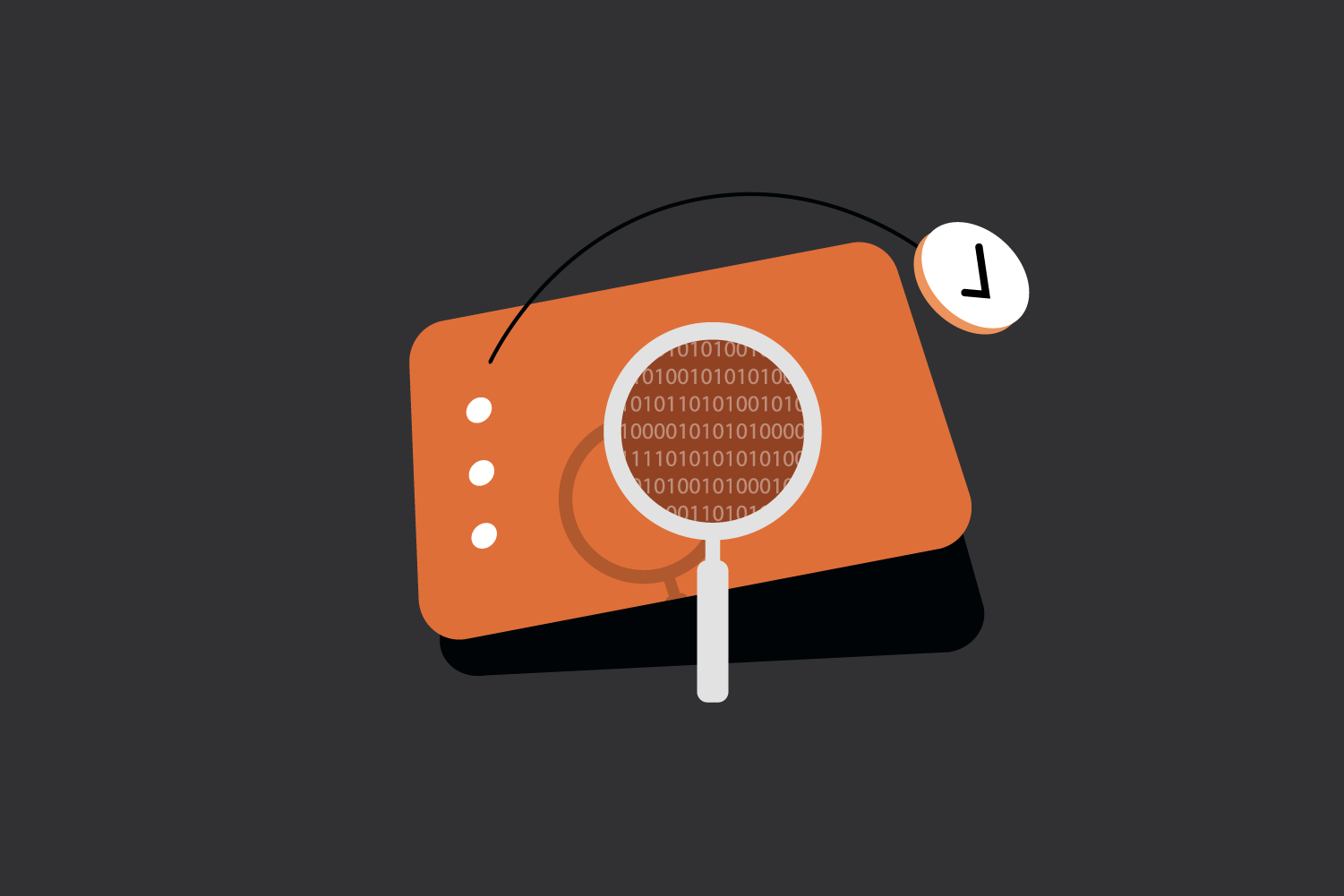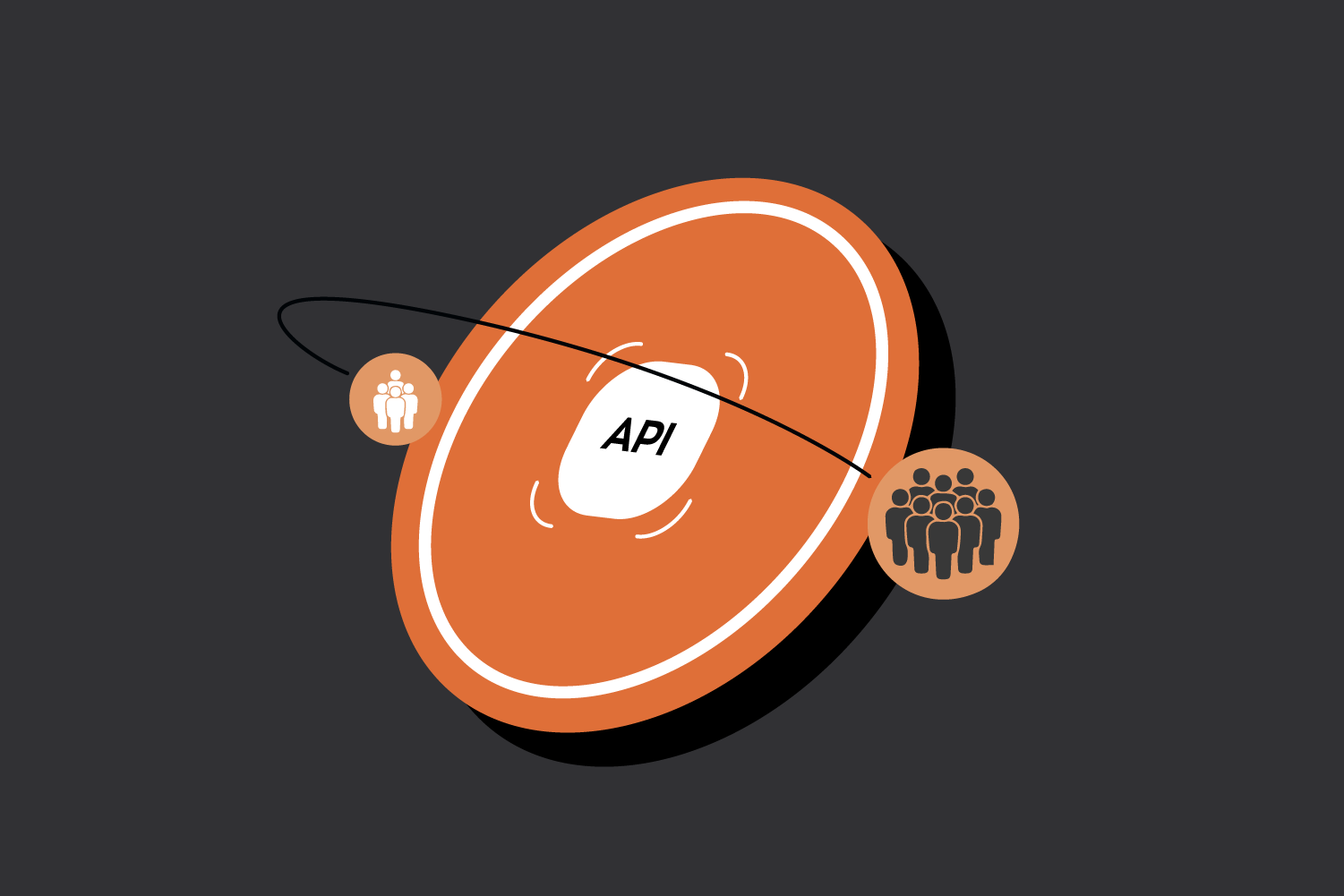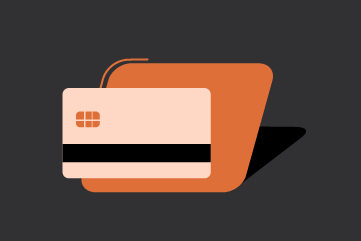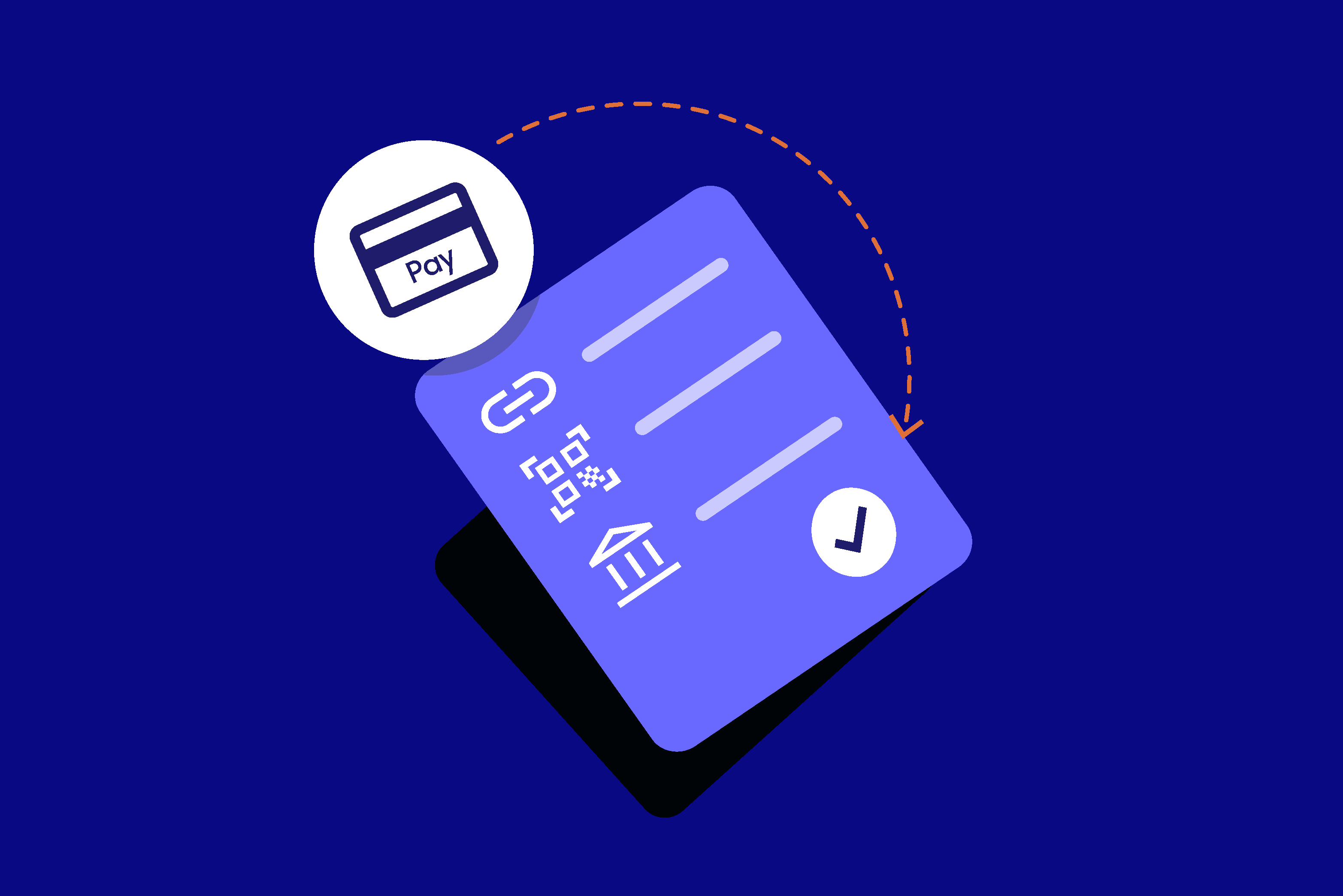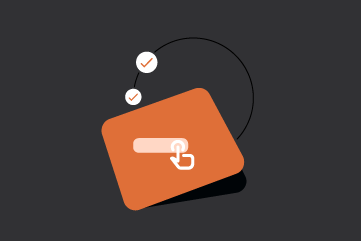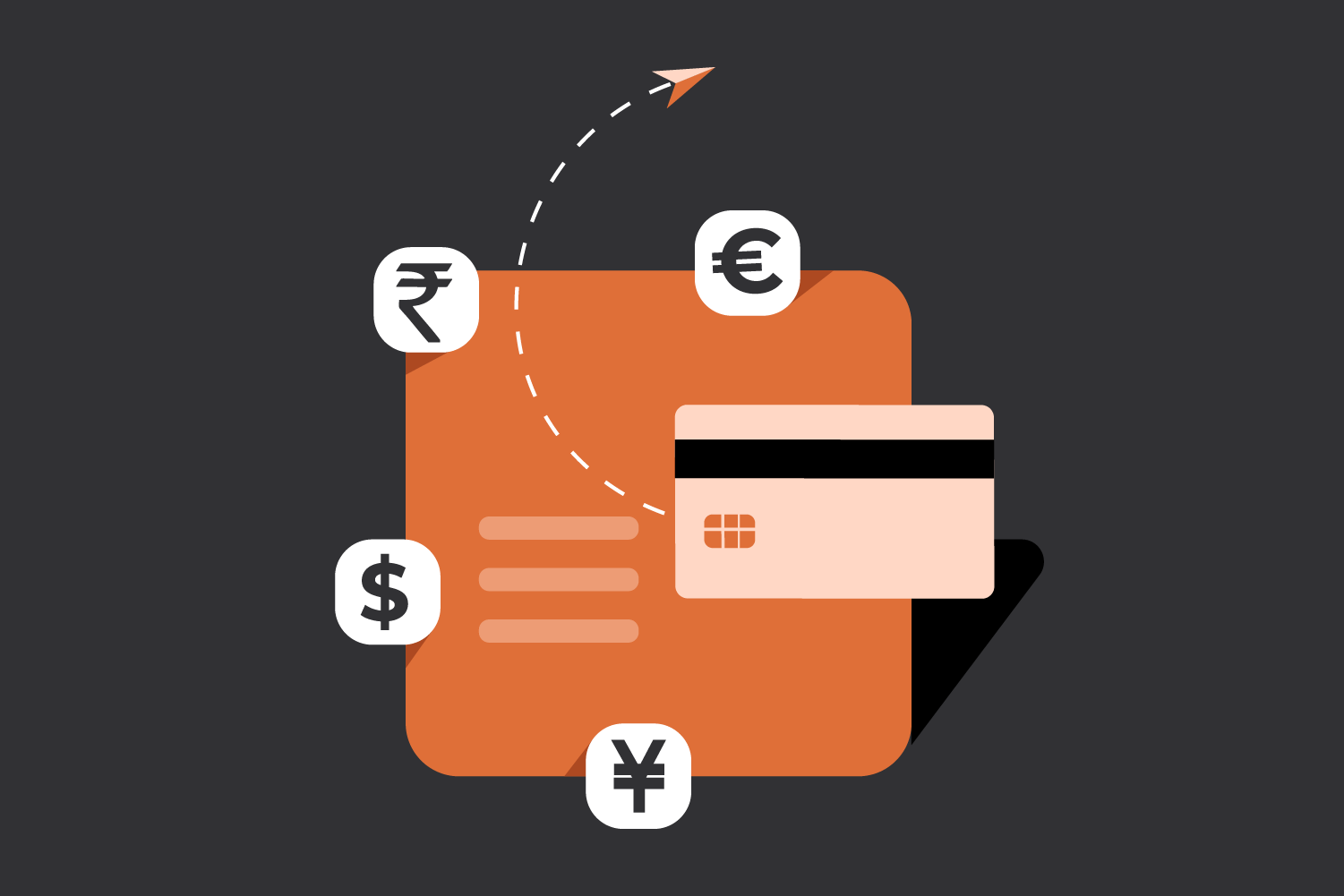REST API, or Representational State Transfer Application Programming Interface, is a cornerstone of modern software development. It enables applications to communicate with each other over the internet using standard web protocols. Whether you’re building a mobile app, a complex web application, or integrating various tools into a single workflow, REST APIs provide the structure and simplicity needed to enable seamless data exchange.
But what exactly is a REST API? How does it work? And why is it such a popular choice among developers? Let’s delve into the fundamentals, explore its key features, and discuss how platforms like Zwitch leverage REST APIs to deliver world-class fintech solutions.
The Basics of REST API
At its core, a REST API is a set of rules that developers follow to build and interact with web services. RESTful architecture relies on a stateless, client-server model, which means each request from a client (such as a web browser or a mobile app) to the server (the backend system) is treated as an independent transaction. The server processes the request and sends back a response, typically in lightweight formats like JSON or XML.
Key Principles of REST Architecture
To qualify as RESTful, an API must adhere to these six architectural principles:
Statelessness
Each request sent to the server must contain all the information necessary to process it. No session information is stored on the server, making each interaction independent.
Client-Server Separation
The client and server operate independently, which allows for flexibility. The front end (client-side) can evolve without requiring changes to the back end (server-side), and vice versa.
Uniform Interface
REST APIs follow a consistent, standardized approach to resource identification and interaction. This is typically achieved using HTTP methods such as:
- GET: Retrieve resources
- POST: Create resources
- PUT: Update resources
- DELETE: Remove resources
Cacheability
RESTful APIs support caching to improve performance. Responses can be explicitly marked as cacheable or non-cacheable to control how long data should be stored for reuse.
Layered System
REST allows the use of intermediaries, such as load balancers or gateways, between the client and server. This helps improve scalability and security.
Code on Demand
While rare, REST APIs can allow servers to send executable code (e.g., JavaScript) to the client to enhance functionality.
Why REST APIs Are Popular
REST APIs have become the go-to choice for developers due to their flexibility, scalability, and ease of use. Here’s why they stand out:
- Language-Agnostic: REST APIs work over standard HTTP protocols, making them compatible with virtually any programming language.
- Efficient Communication: Lightweight data formats like JSON reduce the complexity of parsing and processing, ensuring faster interactions.
- Scalability: The stateless nature of REST allows systems to handle more requests by distributing workloads efficiently.
- Ease of Integration: REST APIs are widely supported and can be easily integrated with third-party tools and services.
Applications of REST APIs
REST APIs are the backbone of many modern services, including:
- E-commerce platforms: For managing inventory, processing payments, and tracking orders.
- Social media apps: To fetch user posts, update profiles, or stream live content.
- Banking and fintech solutions: For secure fund transfers, transaction monitoring, and compliance.
For example, Zwitch APIs leverage RESTful principles to enable businesses to have seamless payment experiences. Whether you’re integrating a payment gateway, managing payouts, or verifying KYC, Zwitch APIs offer robust solutions tailored to your needs.
Alternative Approaches to REST APIs
While REST APIs dominate the API landscape for their simplicity, flexibility, and scalability, there are alternative approaches like SOAP and GraphQL, each designed for specific needs.
SOAP (Simple Object Access Protocol)
SOAP is a protocol that excels in highly secure and transactional environments, such as banking or government systems. However, it’s more rigid, resource-intensive, and less adaptable to modern web and mobile apps compared to REST.
GraphQL
GraphQL offers customizable queries and real-time data fetching, making it ideal for apps with dynamic frontends or complex data requirements. However, it can be overkill for simpler systems and demands more effort on the backend.
REST APIs remain the most versatile and widely adopted solution for modern applications. They balance ease of use, flexibility, and performance, making them ideal for diverse industries and scalable systems. Alternatives like SOAP and GraphQL address niche needs but don’t replace REST’s ability to deliver robust, efficient solutions for most applications.
Zwitch APIs: Harnessing the Power of REST
At Zwitch, we’ve built a suite of low-code, RESTful APIs designed to simplify financial operations. Here’s a glimpse into how Zwitch APIs work and the value they bring:
Payment Gateway API
With over 150+ payment methods supported, Zwitch’s payment gateway API enables businesses to accept payments globally with minimal integration effort. Built on REST principles, it ensures smooth communication between merchants and payment processors.
Payouts API
Automate bulk disbursements and manage cash flows seamlessly. Zwitch’s Payouts API leverages the stateless nature of REST for quick and reliable processing.
Verification API
Secure your onboarding process with real-time KYC verification. The RESTful architecture ensures efficient data transmission and processing, enhancing user experience.
Connected Banking API
Gain unified control over funds from 250+ banks. RESTful design principles enable secure and scalable integrations with banking systems.
Integrated Tax & Compliance API
Simplify tax compliance by automating GST filing, e-invoicing, and E-Waybill generation—all made possible through REST APIs.
Interested in our APIs? Let’s talk!
Tell us your automation goals, and we’ll set you up with a free, personalized demo from our API expert.
Click HereThe Future of REST APIs
As technology evolves, REST APIs continue to play a critical role in enabling digital transformation. While newer paradigms like GraphQL and gRPC offer alternatives, REST remains a dominant force due to its simplicity and widespread adoption.
For businesses looking to stay ahead in the competitive fintech landscape, leveraging RESTful solutions like Zwitch APIs can make all the difference. With a focus on seamless integration, robust performance, and comprehensive support, Zwitch empowers you to build innovative financial products without the complexity.
REST APIs are more than just a technical framework—they are the backbone of modern digital ecosystems. By adhering to RESTful principles, developers can build scalable, secure, and efficient applications that meet the demands of today’s fast-paced world.
FAQs
What is a REST API used for?
A REST API is used to enable communication between different software systems. It allows applications to request and exchange data using standard web protocols, typically HTTP, making it ideal for web services, mobile apps, and cloud-based platforms.
Can REST APIs handle large-scale applications?
Yes, REST APIs are highly scalable. Their stateless nature allows for efficient distribution of requests across servers, making them suitable for large-scale applications and high-traffic environments.
How do Zwitch APIs use REST principles?
Zwitch APIs are built on RESTful architecture to provide seamless integration, stateless communication, and robust security. Whether you need payment gateway solutions, bulk payouts, or real-time KYC, Zwitch offers low-code APIs to simplify financial operations.
What are examples of REST APIs?
Popular examples of REST APIs include:
- Twitter API: For retrieving tweets, user data, and trends.
- Google Maps API: For location services and mapping.
- Zwitch API: For seamless payment gateway integration, KYC verification, and financial operations.
How can I integrate Zwitch REST APIs into my system?
Integrating Zwitch APIs is straightforward:
- Sign up on Zwitch.io.
- Use the sandbox environment to simulate real-world scenarios safely.
- Complete KYC verification for access to production keys.
- Refer to the detailed API documentation provided by Zwitch.
- Use minimal lines of code to implement solutions like payment gateways, payouts, or KYC.


